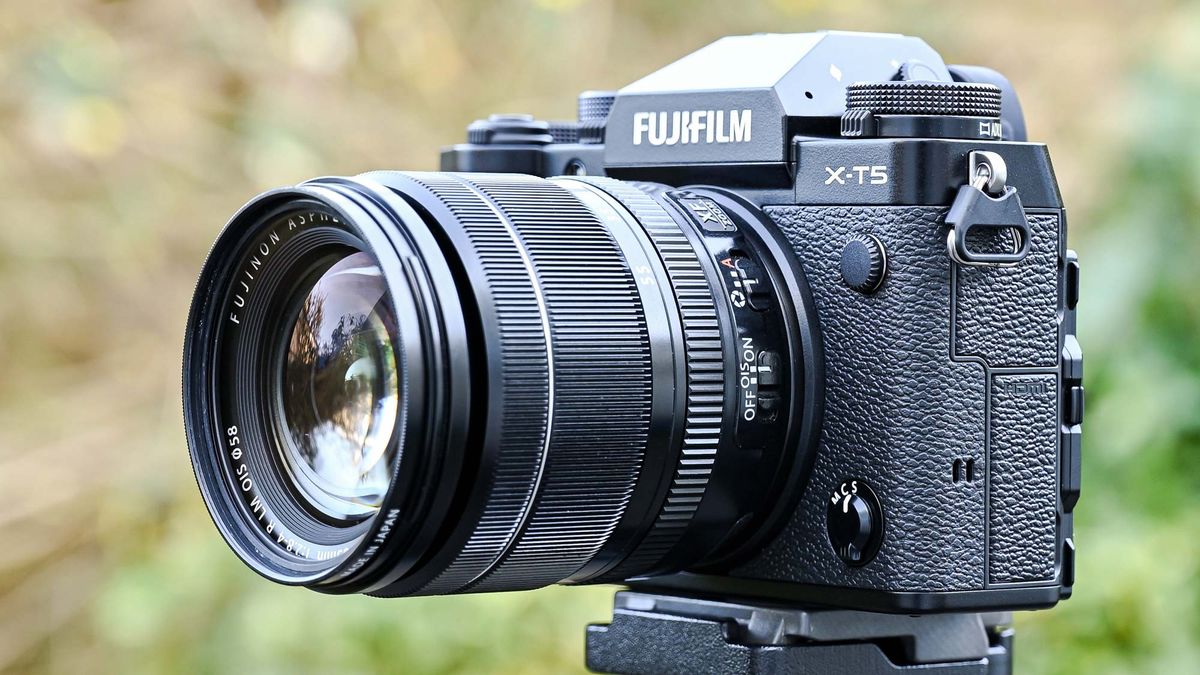Viva Resa: Your Gateway to Insightful Living
Discover news, trends, and tips for a vibrant lifestyle.
Snap Like a Pro: Secrets Your Camera Wishes You Knew
Unlock your camera's full potential! Discover pro tips to elevate your photography game and snap stunning photos like a master.
10 Essential Camera Settings for Stunning Photos
Understanding camera settings is crucial for capturing stunning photos that stand out. Here are 10 essential camera settings you must master:
- ISO: This controls your camera's sensitivity to light. A lower ISO is ideal for bright conditions, while a higher ISO is necessary for low-light situations.
- Aperture: This setting affects the amount of light that enters the lens and controls depth of field. A wider aperture allows more light and creates a beautiful background blur.
- Shutter Speed: This dictates how long the camera's shutter remains open. Faster speeds freeze motion, while slower speeds can create motion blur.
- White Balance: Adjusting this setting helps maintain accurate colors in your photos, particularly under different lighting conditions.
In addition to these basics, consider mastering focus modes and exposure compensation to elevate your photography skills.
- Focus Modes: Whether you choose single-point or continuous focus can significantly impact your compositions.
- Exposure Compensation: This allows you to adjust your exposure settings to ensure your image is neither too dark nor too bright.
- RAW vs JPEG: Shooting in RAW gives you greater editing flexibility compared to JPEG.
- Metering Modes: Understanding how your camera measures light can greatly enhance the exposure of your images.
- Camera Mode: Familiarize yourself with different modes, like Aperture Priority or Shutter Priority, to gain more control over your shooting.

Common Photography Mistakes and How to Avoid Them
Photography can be a fulfilling and creative endeavor, but many beginners often make common mistakes that can hinder their progress. One of the most prevalent issues is improper exposure, which can result in photos that are too dark or too bright. To avoid this, it’s essential to familiarize yourself with the exposure triangle: ISO, aperture, and shutter speed. Additionally, forgetting to focus can lead to blurry images. Always check your focus settings before taking a shot, especially in low-light conditions where autofocus might struggle.
Another frequent mistake is neglecting composition, which can significantly impact the visual appeal of your photographs. Using techniques like the Rule of Thirds can help create a balanced composition, drawing the viewer's eye to key elements in the frame. Furthermore, many photographers fail to pay attention to their backgrounds, leading to distracting elements in their images. To minimize this issue, take a moment to assess your surroundings and adjust your position or angle to enhance the overall aesthetic of your shot.
How to Master Lighting for Perfect Snapshots
Mastering lighting is essential for capturing perfect snapshots that truly resonate with viewers. The angle and source of light can dramatically alter the mood and clarity of your photographs. Natural light, particularly during the golden hour—just after sunrise or before sunset—provides a warm, soft glow that enhances colors and reduces harsh shadows. Experimenting with different times of the day can help you understand how lighting affects composition. Don't hesitate to use available shadows creatively; they can add depth and intrigue to your images.
In addition to working with natural light, utilizing artificial lighting can expand your photography toolkit. Consider investing in a basic speedlight or softbox to achieve more control over your lighting setup. Always remember the three key principles of lighting: direction, intensity, and color. By mastering these elements, you can manipulate shadows and highlights to create more dynamic and engaging snapshots. Practice different setups and make adjustments based on your desired effects, and soon you'll be prepared to capture stunning images regardless of the lighting conditions.